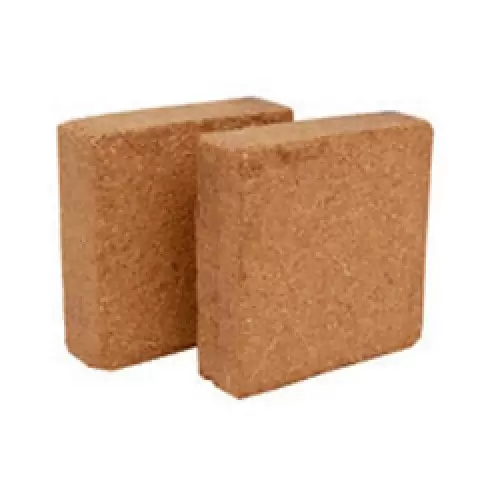COCO PEAT BLOG
Coco Peat Blog - A Must Read For Horticulture, Hydroponic Growers and Golf Green Constructors

Why India’s Coir Fiber Is The Best In The World
India is a land of diversity and multitudes of resources. This country has a lot to give whether in the cultural front, or economic sector, it disappoints none. One of the most prominent organic fibers these days are coir fiber derived from the coconut husks. India is also the third largest producer of coconut on the global market, according to the Food and Agriculture Organization of the United Nations. No doubt that India produces high quality coir fiber and adds to the benefit of this sector. The tropical climate favors the growth of this tree and hence to the production of coir fiber. This fiber has loads of advantages and innumerous number of products can be extracted from this indigenous component. With the advent of mankind, man has understood the valor of the coconut tree which offers all its composites to good use. The ‘Kalpavriksha’ is cultivated in several parts of the country, especially along the coast lines given the fact that India has such a large indented coastline.
This fruitful fiber stays nestled within the outer realm of the coconut and the husk, which are composed of cellulose. These narrow and hollow fiber cells remain pale in color during the immature period. Once matured, the fiber stiffens and develops a yellowish tinge. The yellow layer is known as lignin which is present on the inside of the walls. There are two kinds of coir available in India, one is the brown coir and the other is the yellow one. The brown coir is derived from the matured coconut which is implemented in producing Coir Rope, coir Pads, Cushions, and many more. The yellow coir is extracted from the young coconut which helps in the manufacturing of ply yarn for making carpets, ropes, coir mats, fishing nets, and many more.
The coir fiber not only has unlimited usages but is very conventional and environment friendly putting no such pressure on Mother Nature. Maybe, that alone stands as the biggest reason for its acceptance. This also helps maintain biological equilibrium by preventing the soil from erosion. In order to make them used as erosion protecting elements, the fiber is woven into permeable fabrics. With the world going gaga over renewable resources, here is one cost-effective resource which can attribute to withstand a problem like soil erosion on a macro scale. The areas which has suffered much erosion hazards must be soaked in these fibers as it has the ability of taking in water and rejuvenating the area altogether. These geotextiles can save the soil from drying and prevents the soil from the heat radiations of the sun. These geotextiles that are produced in India are absolutely durable and heat resistant. Most importantly, the geotextiles derived from coir is biodegradable and permits germination of seeds.
Yes, India makes use of the by-products as well. Isn’t that magnificent? The wastes accumulated after extracting coir are known as peat which makes a good fertilizer and helps in mulching.
Question & Answers
Don't get what you are looking for? Ask Question